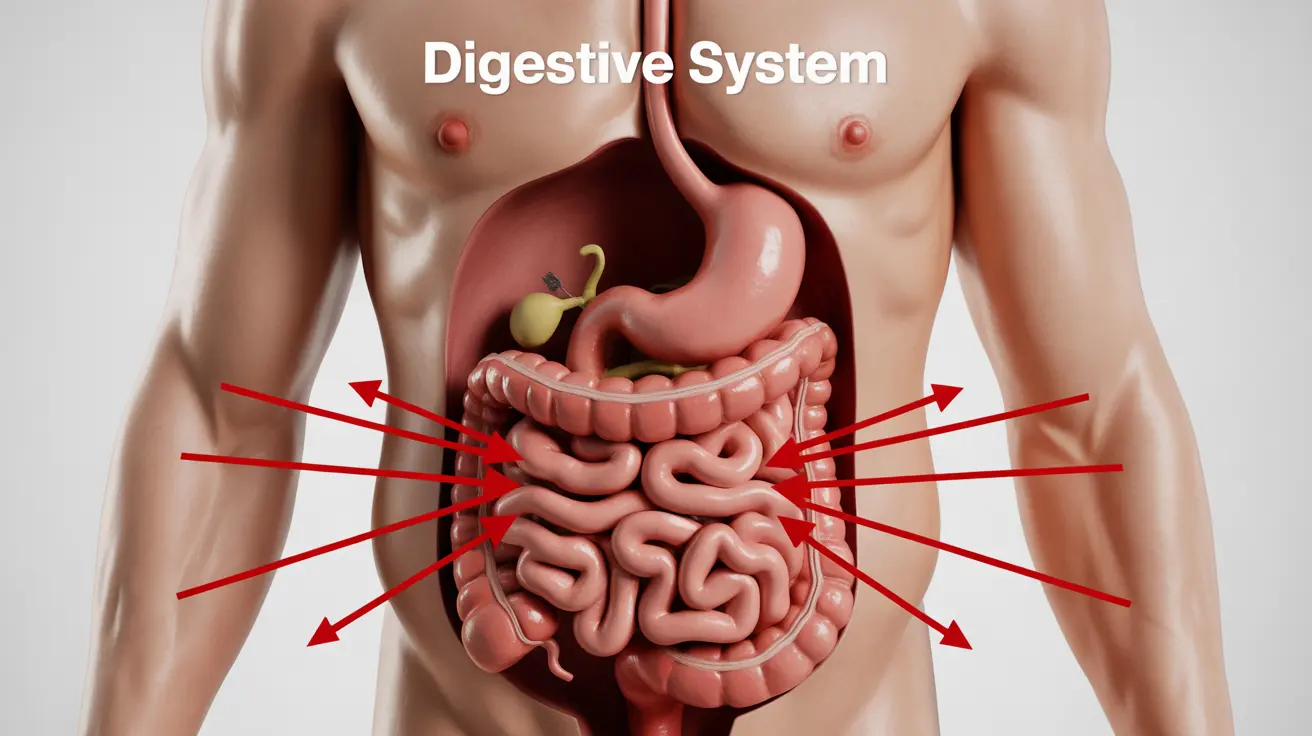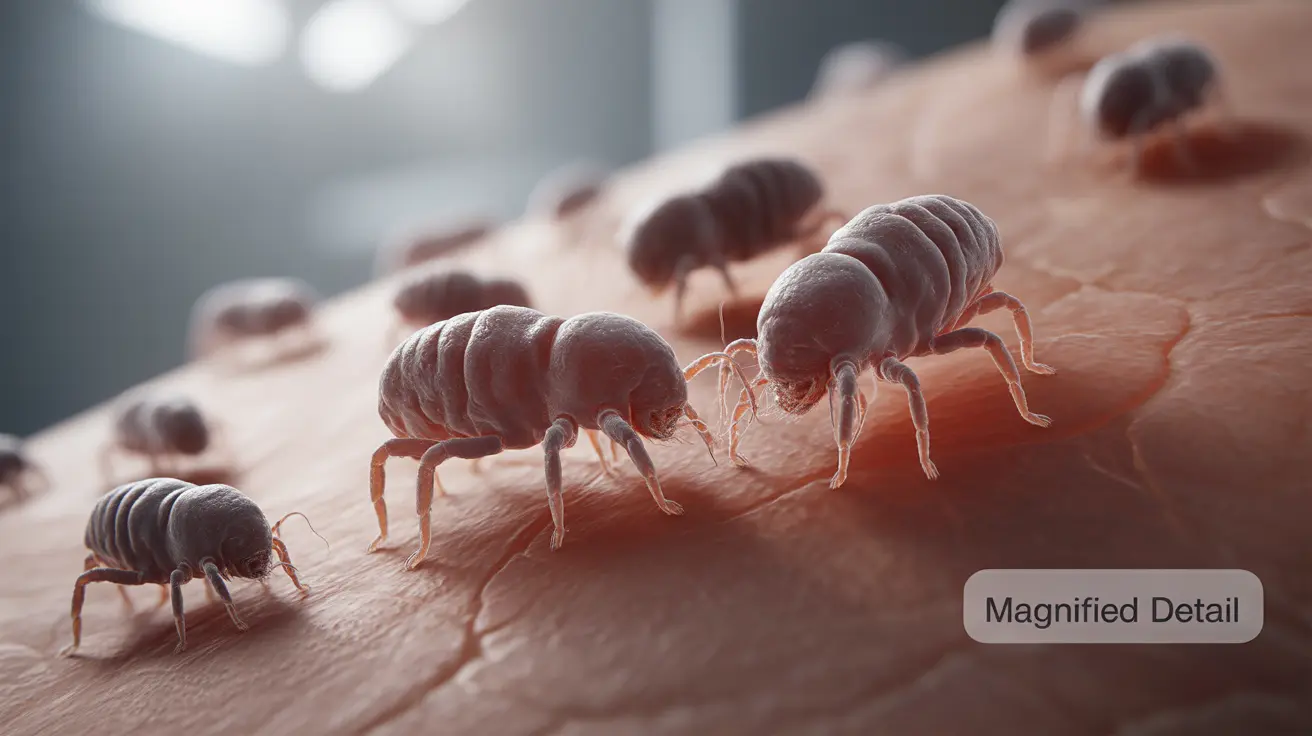Sinus infections, or sinusitis, are a common respiratory condition that can cause significant discomfort and confusion about their potential to spread. Understanding whether sinus infections are contagious is crucial for protecting your health and preventing illness transmission. This comprehensive guide will help you navigate the complexities of sinus infection spread, symptoms, and prevention strategies.
Understanding Sinus Infection Transmission
Contrary to popular belief, sinus infections themselves are not directly contagious. However, the underlying causes of these infections can be easily transmitted from person to person. Most sinus infections originate from viruses that are highly contagious, particularly those responsible for the common cold and flu.
Viral vs. Bacterial Sinus Infections
There are two primary types of sinus infections that differ significantly in their potential for transmission:
- Viral Sinus Infections: Caused by cold and flu viruses, these are highly contagious and can spread through respiratory droplets.
- Bacterial Sinus Infections: Typically not contagious and often develop as a secondary condition following a viral infection or due to blocked nasal passages.
Key Factors in Sinus Infection Spread
Approximately 90% of adult sinus infections and 50-70% of children's cases stem from common cold viruses. While the sinus infection itself isn't directly transmissible, the viruses causing it can easily spread through close contact, respiratory droplets, and shared surfaces.
Common Transmission Methods
- Respiratory droplets from coughing or sneezing
- Direct contact with infected individuals
- Touching contaminated surfaces and then touching your face
- Sharing personal items like towels or utensils
Prevention and Protection Strategies
Preventing the spread of viruses that cause sinus infections requires a proactive approach to personal hygiene and social responsibility. Implementing simple yet effective measures can significantly reduce transmission risks.
Essential Prevention Tips
- Practice frequent and thorough hand washing
- Use alcohol-based hand sanitizers
- Cover your mouth and nose when coughing or sneezing
- Avoid close contact with individuals showing cold or flu symptoms
- Clean and disinfect frequently touched surfaces
- Consider wearing a mask in crowded or high-risk environments
Managing Sinus Infection Symptoms and Contagiousness
If you're experiencing a viral sinus infection, it's crucial to take steps to prevent spreading the illness to others. Most viral infections are contagious during the initial symptomatic phase, typically lasting 7-10 days.
When to Stay Home
- Remain at home if you have a fever
- Stay isolated until you've been fever-free for 24 hours without medication
- Avoid public spaces and close contact with vulnerable individuals
- Rest and allow your body to recover
Risk Factors and Vulnerability
Certain individuals are more susceptible to developing sinus infections and experiencing more severe symptoms. Factors that increase vulnerability include allergies, structural nasal abnormalities, weakened immune systems, and chronic respiratory conditions.
Frequently Asked Questions
Is a sinus infection contagious if it's caused by a virus or bacteria?
Viral sinus infections are contagious and can spread easily through respiratory droplets. Bacterial sinus infections are typically not contagious and usually develop as a secondary condition.
How long should I stay home when I have a sinus infection to avoid spreading illness to others?
If you have a viral sinus infection with symptoms like fever, stay home until you've been fever-free for 24 hours and your symptoms have improved, typically 7-10 days.
What are the symptoms of sinusitis, and how do they differ from the common cold?
Sinusitis symptoms include facial pain, pressure, nasal congestion, reduced sense of smell, headache, and thick nasal discharge. While similar to a cold, sinusitis tends to persist longer and may involve more intense facial discomfort.
How can I prevent sinus infections or reduce the risk of developing them?
Prevent sinus infections by maintaining good hygiene, boosting your immune system, staying hydrated, avoiding allergens, and getting vaccinated against flu and pneumonia.
When should I seek medical attention if my sinus infection symptoms worsen or don't improve?
Consult a healthcare professional if symptoms persist beyond 10 days, worsen after initially improving, you develop a high fever, experience severe headaches, or have significant facial pain.
By understanding the nuances of sinus infection transmission and taking proactive prevention measures, you can protect yourself and others from potential respiratory illnesses.




